The author, now one of the Vice Presidents of Ramakrishna Math and Ramakrishna Mission, noted these conversations while serving Swami Premeshananda (1884 – 1967) at Ramakrishna Mission Ashrama, Sargachhi, Murshidabad, West Bengal. Premeshananda Maharaj was a disciple of Holy Mother Sri Sarada Devi. He inspired countless men and women to lead a life of spirituality and service. These reminiscences were originally published in Bengali.

25.9.60
Asannyasi who was the head of a large, reputable college went to Hrishikesh for some days.
Maharaj: Look. It is an act of manliness to walk away from so much honour, influence, and luxury. He has great potential as a spiritual seeker. But there is a flip side to this. On returning from Hrishikesh, he will gain prestige among his friends and adding to the honour he already enjoys, he will be certified as a sadhu from Hrishikesh (i.e., a tapasvi)! All these aspects should be kept in mind.
The Brahmin priests are endowed with tremendous rajoguna – so many ritualistic practices, waving of hands, reciting verses, and performing yajnas with much affectation. Just notice how rajoguni the tantrikas (practitioners of Shakti worship) are – smearing their foreheads with red sandalpaste, etc. The devotees of Krishna are full of love, Gauranga (Sri Chaitanya Mahaprabhu) devotees are emotional, and the devotees of Sri Ramakrishna are serene – gentle and dignified.
Brahmachari: Is there any need for sannyasis to read the Sri Sri Chandi, or is it enough if they just read the Gita?
Maharaj: We can learn many things about Indian culture by reading the Sri Sri Chandi. Although there is no need for sannyasis to read this book, it is a must for learning about Indian culture.
This story is from the July 2019 edition of The Vedanta Kesari.
Start your 7-day Magzter GOLD free trial to access thousands of curated premium stories, and 9,000+ magazines and newspapers.
Already a subscriber ? Sign In
This story is from the July 2019 edition of The Vedanta Kesari.
Start your 7-day Magzter GOLD free trial to access thousands of curated premium stories, and 9,000+ magazines and newspapers.
Already a subscriber? Sign In
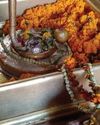
Panchakroshi Parikrama of Varanasi
At the snow-capped Kailas, the Divine Lord Shiva was seated with Mother Parvati.
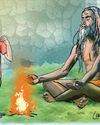
Gadai and the Monks
A fictional narrative based on incidents from the childhood of Sri Ramakrishna.
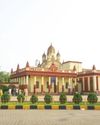
Chintayo momo maanosho Hori...
Sri Ramakrishna loved songs. There probably was no normal day when he did not sing some songs.
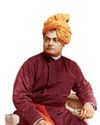
The Vedanta Vaccine
The world is still struggling under the impact of the pandemic due to Covid-19 for the last three years.

Chandrakirti's Chariot: Self in Madhyamaka Buddhism and Advaita Vedanta
The goal in Advaita Vedanta is the cessation of suffering and the attainment of true fulfillment. Suffering, according to this school, is due to ignorance of the true nature of the self and consequent erroneous identification with the body-mind.
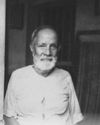
Reminiscences of Sargachhi
Question: यद्यदाचरतत श्रेष्ठसतत्तदरेवरेतरो जनिः। ‘Whatever a superior person does, others do the same thing!’ (Gita 3:21) – What does this statement mean?
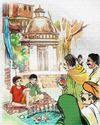
THE AUTUMN FESTIVAL
A fictional narrative based on incidents from the childhood of Sri Ramakrishna.

Bards of Guruvayur: Vilwamangalam II
Saints of India
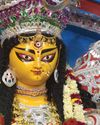
In the Universal Mother’s Divine Playground
Swami Vivekananda never taught the worship of Mother Kali. In a letter to Mary Hale he writes, “Kali worship is not a necessary step in any religion.
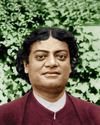
Swami Vivekananda: A Sportsman Par Excellence
In various books and articles, Swami Vivekananda has been called a spiritual leader, a prophet, a patriot, a social reformer, a philosopher, a yogi, a writer, an orator, an educationist, a musician, and so on.